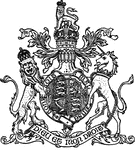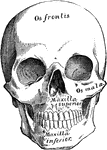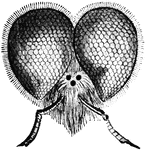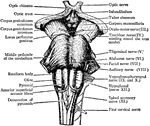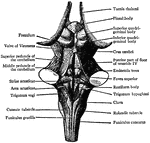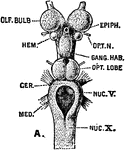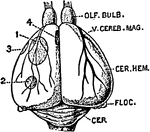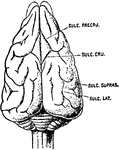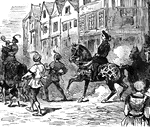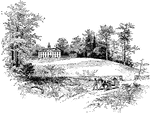
Lophiomys Imhausi
"This very extraordinary species from north-east Africa differs from all other rodents in the peculiar…
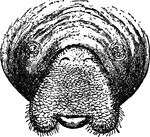
Manatee Face
"Front view of head of American Manatee, showing the eyes, nostrils, and mouth with the lobes of the…
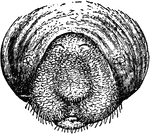
Manatee Face
"Front view of head of American Manatee, showing the eyes, nostrils, and mouth with the lip contracted."…

Thermometer Box
"Stevenson's louvre-boarded box for the thermometers, which is now very widely used for temperature…
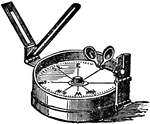
Azimuth Compass
"At sea the declination is generally observed by means of an azimuth compass invented by Kater. It consists…

Horizontal Line Diagram
In this figure BB is the base line; HH the common horizontal or vanishing line; C…
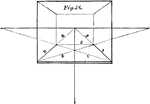
Parallel Perspective
The perspective shown in this plate is parallel perspective; and the subject here intended to be represented…

Angular Perspective
The perspective in this plate is "angular perspective," and the figure it represents is a flat square…
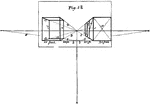
Parallel Perspective
Two upright oblong figures are here represented in parallel perspective. They may be imagined to resemble…

Distance
"A landscape is supposed to be viewed from the spot marked E; and that the spectator is desirous of…

Vertical Line
That an accurate notion of the vertical line may be obtained, the plane of the picture must be supposed…
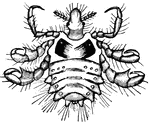
Crab-louse
The crab louse can live in almost any form of human hair, leading to its other common name of pubic…
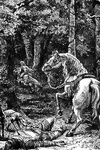
Death of William Rufus
The death of William Rufus, the third son of William the Conqueror and King of England from 1087 until…
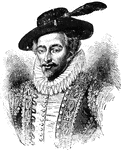
Sir Walter Raleigh
Raleigh's plan for colonization in Virginia in North America ended in failure at Roanoke Island, but…
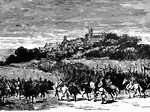
William Rufus II
He is sometimes called the Red King, but more commonly William Rufus. Things went worse than ever with…
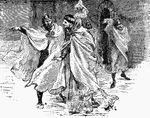
Stephen
Stephen, who was a kind-hearted man himself, tried to stop these cruelties; but then the barons turned…

Thomas A-Becket
The Archbishop of Canterbury, Thomas A. Becket, did not think it was right to consent to a law that…

Richard Removing the Archduke's Banner
During one of King Richard the Lion-Heart's crusades the city of Acre was taken over and a prince, Leopold,…
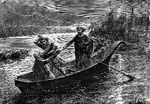
Murder of Prince Arthur
As a kind of joke, John, King Henry's youngest son, had been called Lackland, because he had nothing…
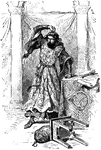
John's Anger after Signing Magna Charta
All this time John Lacklands cruelty and savageness were making the whole kingdom miserable; and at…

King Henry and His Barons
King Henry was a builder of beautiful churches. Westminster Abbey, as it is now, was one. And he was…
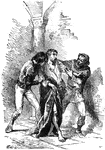
Edward II. And His Jailers
King Edward II was sent to prison for neglecting his Queen and fooling around with other men.
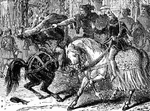
Death of Wat Tyler
Wat Tyler, while talking to the King, grew violent, forgot to whom he was speaking, and laid his hand…

Henry VII
Known greatly as the king of hearts, or the man of ruthless wonder, Henry was born in Pembroke Castle,…
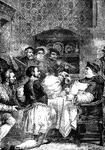
Cardinal Wolsey Served by Noblemen
When Henry VIII became king in 1509, Wolsey's affairs prospered. He became Canon of Windsor, Berkshire…
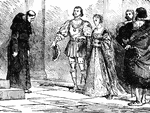
Henry the VIII and His Wives
Henry VIII was married six times during his life. First, to Catherine of Aragon, Anne Boleyn, Jane Seymor,…

Edward VI. Writing His Journal
Edward VI became King of England and Ireland on January 28, 1547, at just nine years of age. Edward,…
